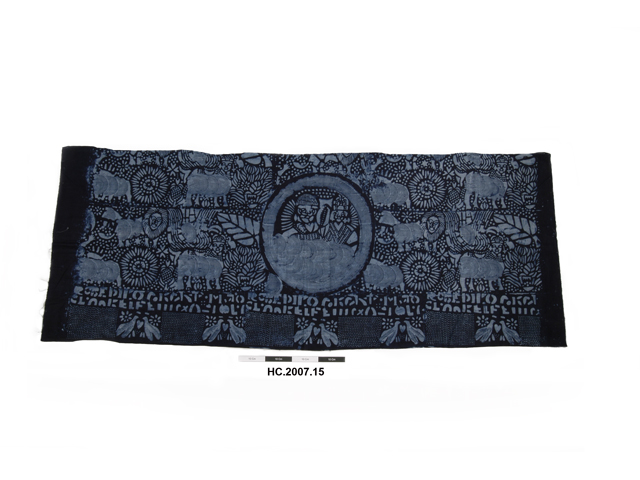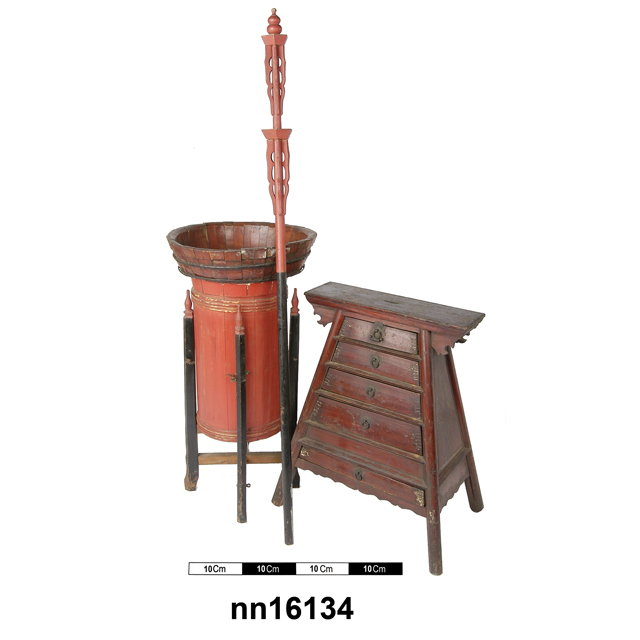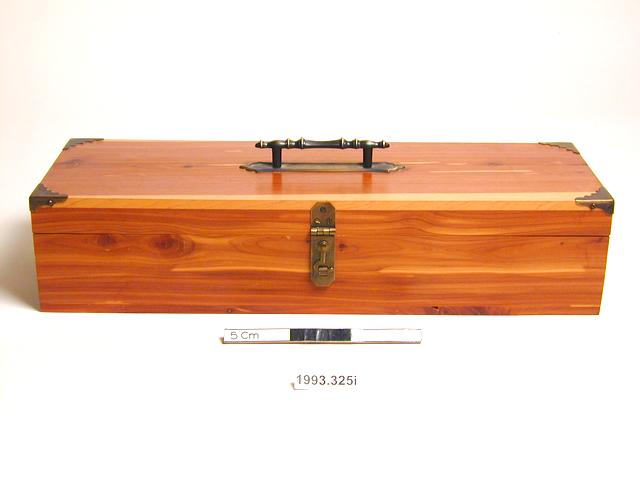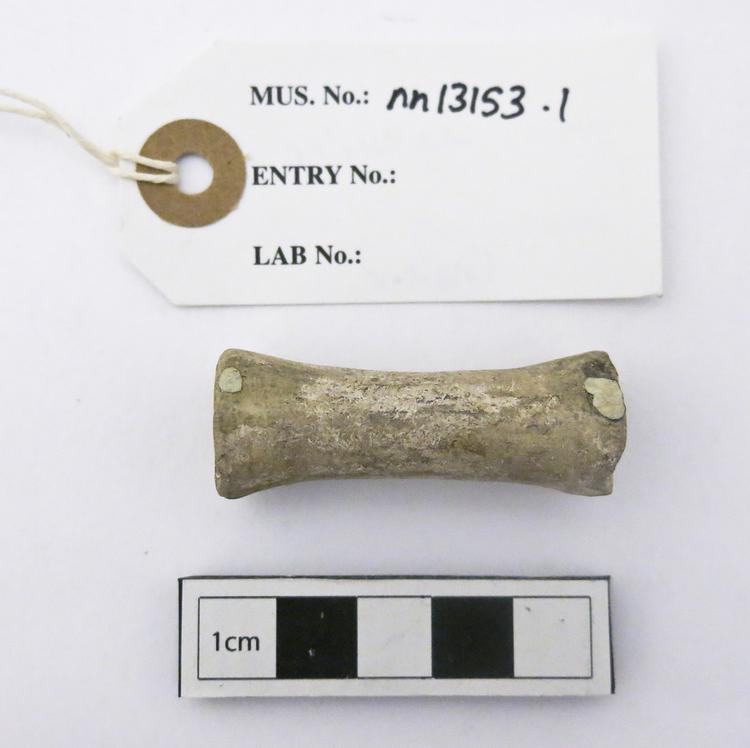
Textile, King George and Queen Mary. Light blue printed design on navy blue background. Adire
Traditional clothing worn as a woman’s wrapper around the waist or toga style. Today it is also tailored and/or used as for soft furnishings. Different patterns have symbolic meaning and may indicate religious beliefs or celebrate an important cultural event. “Olokun - goddess of the sea” is a popular design as is “Jubilee” produced for the jubilee of George V and Queen Mary in 1935. There is a long history of indigo dyeing in Nigeria, traditionally carried out by women and the dyed cotton cloth was mainly used as ladies wrappers and head ties. The cloth was originally made from locally grown cotton but at a later date imported factory woven shirting was used. It is often worn at important ceremonies and new designs are still created to mark special occasions, such as inaugurations of new leaders or visits from important people. Although Adire cloth was exported to Brazil as early as the 16th century it was often of inferior quality. Relatively small quantities were produced which meant that the best cloth stayed in Africa. By the 1900s Ibadan was already established as an important Adire production centre but with the importation of European shirting material on which to print the export market grew rapidly. So what began as a local craft grew into a world commodity.


































































































































































































































































































































































































































































































































